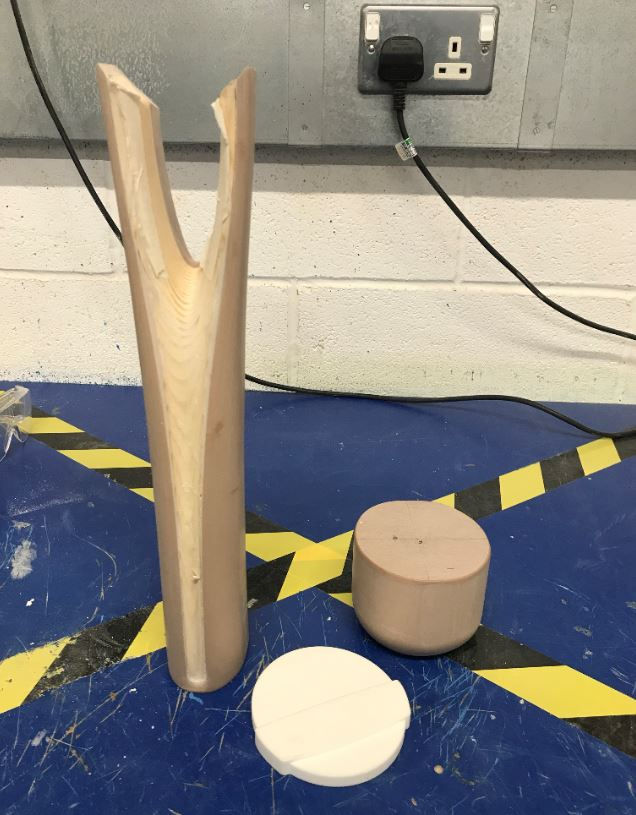Tools and Materials
- remicatchpole
- Nov 20, 2020
- 2 min read
Modelmaking as an industry uses a variety and tools and materials depending on the model that is being made and the processes involved in the making. For instance, architectural models will be made using different materials depending on the type of building it is and how the building is used, the environment surrounding the building, and the message the model is trying to communicate. Both traditional and non-traditional materials are utilized within architecture. Some good examples of non-traditional materials used on architectural models include metals like steel, aluminium, and copper plates and foils. These materials are particularly used in architectural models to create a contrast and to make the building stand out from its surroundings, using metal will make a model effectively stand out from a natural environment. They can also be used to describe the relationship the material has with the buildings purpose, the use of metal on a model of a skyscraper might correspond to artificial and rigid look of a city for example.



Architectural models: Ben Dixon and Daisy Zhang - park pavilion - Sydney harbour, Australia – 2015, © MVRDV and frank dinger (photo) - balancing barn, exhibition at USM - Bühl, Germany, and © Steven Holl - nail collector’s house - Essex, NY, USA – 2001, from https://archimodels.info/tagged/metal
There are many processes, techniques, tools, and ways of working with metal. One of which is a process called panel beating which has been around for centuries. Panel beating can be used in lots of ways, from repairing car bodies to making jewellery. The process consists of applying heat to the metal panel whilst using a special hammer to reshape the metal.

Another process commonly used when working with metals is sheet-metal forming. “Making objects from sheet metal is one of the earliest methods of human production. The Egyptians, for instance, made soft precious metals, such as gold, into sheets, from which they cut sometimes highly intricate forms”. “Soft materials such as brass, copper, and aluminium are particularly easy to form, but any sheet metal can be used”. “Sheet metal forming is used to produce a number of products in a variety of industries – they range from brass musical instruments to computer housing and car bodies”. From the book Making It by Chris Lefteri.
Rocks and soils are the principal natural sources of heavy metals in the environment and the extraction processes involved require lots of energy and industrial effort causing pollution and environmental harm. However, one way in which we can minimize this damage and waste is by reusing and recycling the material, therefore improving its sustainability. Alternative more traditional materials used on architectural models consist of cardboard, wood, polystyrene, foam, and others. Such models are an efficient design tool for three-dimensional understanding of a structure, light, space, and form, used by architects, interior designers and exhibit designers.



Comments